Why is Saffron Worth So Much?
Saffron, often referred to as the “golden spice,” holds the title of the most expensive spice in the world. But what makes saffron so valuable? The reasons behind its high cost are multifaceted, involving labor-intensive harvesting methods, the large quantity of flowers required, and the time-consuming process of extracting the saffron threads. Let’s take a deeper look at why saffron is so expensive.
Labor-Intensive Harvesting
One of the primary reasons saffron is so expensive is the labor-intensive harvesting process. Saffron comes from the flower of Crocus sativus, and each flower only produces three delicate red stigmas, which are the saffron threads. To harvest these threads, workers must carefully hand-pick them, often during early mornings when the flowers are in full bloom. This process requires great skill and precision to avoid damaging the delicate flowers. Each flower yields just a small amount of saffron, and it takes tens of thousands of flowers to produce just one pound of saffron.
Time-Consuming Drying Process
After the flowers are picked, the saffron threads must be carefully dried to preserve their flavor and aroma. This drying process is time-consuming, as it requires precise temperature control to maintain the saffron’s quality. The drying process also helps retain the spice’s distinctive golden color, which is essential for its high demand in cooking and for its perceived value.
Large Area of Land Needed
Growing saffron also requires a significant amount of space and ideal growing conditions. The Crocus sativus plant thrives in specific climates, typically in regions with dry summers and cold winters. These conditions are found in only a few parts of the world, including Iran, India, and Spain. The growing season is short, and it takes about 150,000 flowers to yield just one kilogram of saffron. The combination of limited growing regions and the amount of land needed to cultivate the plant adds to its overall cost.
Scarcity and High Demand
Lastly, saffron’s scarcity and high demand drive up its price. As the spice is labor-intensive to produce and only grows in specific regions, its availability is limited. With increasing global interest in gourmet cooking, natural remedies, and traditional dishes, the demand for saffron continues to rise, further elevating its price. Additionally, counterfeit saffron and adulterated saffron products can affect the market, further increasing the value of high-quality, authentic saffron.
If you’re looking to buy premium saffron, explore our saffron products for the best selection.
In conclusion, saffron’s high cost is a result of the intricate process required to grow, harvest, and prepare the spice. From the labor-intensive harvesting methods to the limited growing regions and high demand, every step in saffron’s production adds to its luxurious price tag. It’s truly a spice that’s worth its weight in gold!



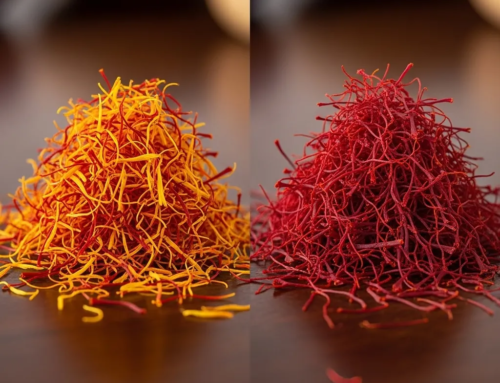
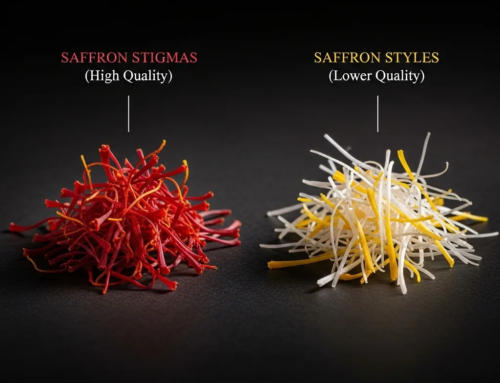
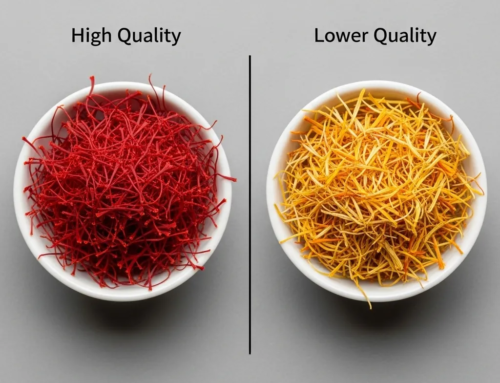
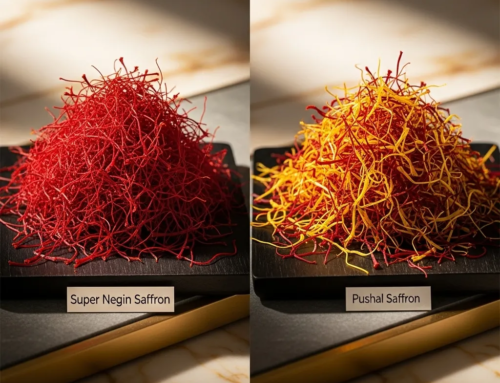
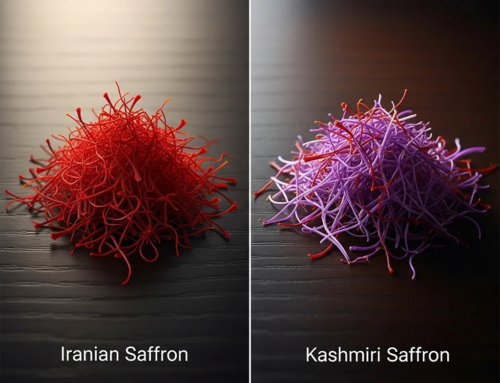
Get Social